Introduction
To take advantage of network weaknesses, malicious actors constantly improve their tactics, techniques, and procedures (TTPs).
You may leave your organization open to attacks if you’re not performing malware traffic analysis. The malicious activities on your network might not even be something you’re aware of.
Analyzing malware traffic is crucial for spotting malicious activity on your network and taking appropriate action. By deep diving into data packets, log files, and malware behaviors on individual systems, you can accurately detect the presence of malicious code and track how it has infiltrated networks or spread across connected devices.
What is Malware Traffic Analysis?
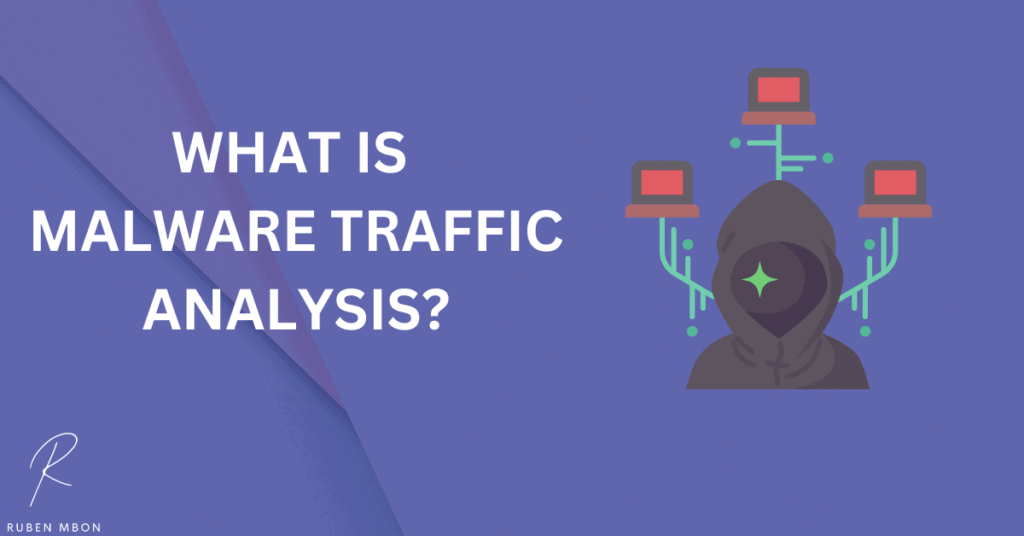
Malware traffic analysis is essential for identifying, understanding, and responding to malicious activity on your network. It involves taking a deep dive into data packets at the network level, log files, and malware behavior on individual systems. By doing so, you can accurately detect the presence of malicious code and track how it has infiltrated networks or spread across connected devices – all while gaining insight into its behaviors to thwart future attacks.
Why is Malware Traffic Analysis Important?
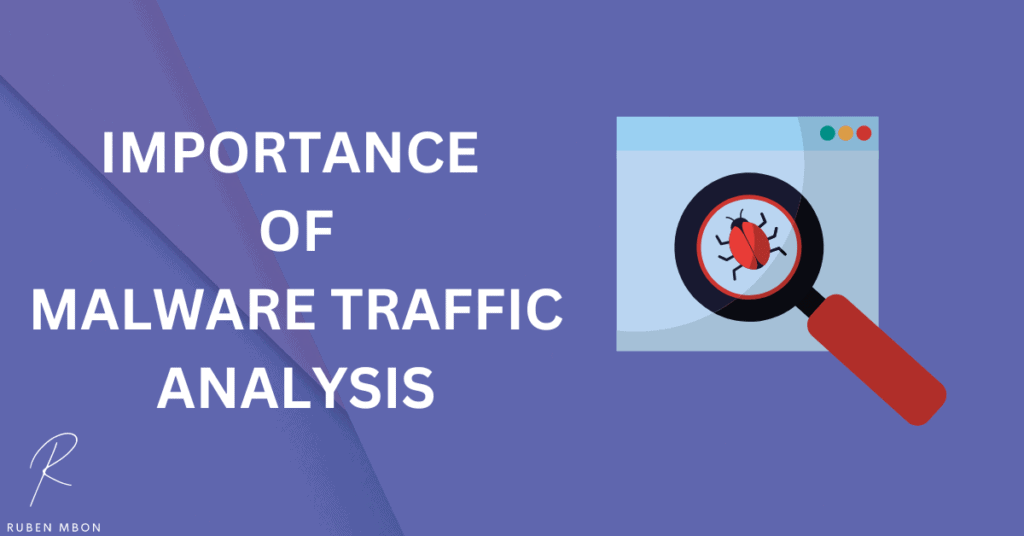
To prevent substantial cyber threats, organizations must perform malware traffic analysis. This allows them to recognize and analyze the activities of malicious software so that they can take preventive steps. By doing this, system protection is in place, and damage from a potential attack may be limited or avoided altogether.
Steps in a Malware Traffic Analysis
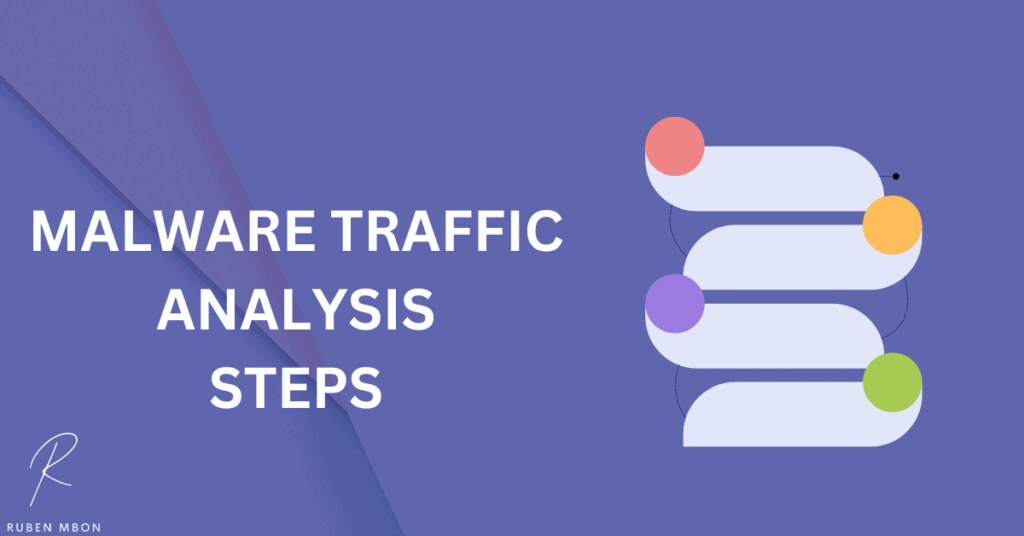
There are several steps involved in conducting a malware traffic analysis. These steps can vary depending on the specific tools and techniques being used, but a typical malware traffic analysis will involve the following steps:
Data Collection
To begin a malware traffic analysis, data collection is essential. This could mean capturing packets at the network level using specialized software or obtaining log files from your network devices. It can also include analyzing the contents of memory on individual hosts or inspecting the behavior of malicious software through sandboxing tools.
Data Analysis

Once the data has been gathered, analyzing it is key to recognizing any malicious activity. This can include closely looking at packets on a network level for strange patterns or communication with known harmful domains, reviewing log files for irregular behavior, and studying how malware acts hosts to comprehend its spread of infection.
Malware Identification
Once any malicious activity has been detected, the next step is identifying the specific malware involved. This can be done using various tools and techniques, including antivirus software, memory forensics, and sandboxing tools.
Malware Analysis
Once the malware has been identified, it must be analyzed to understand its behavior and capabilities. This can involve examining the malware’s code, analyzing its network communications, and studying its behavior on a host. Several tools can be used to facilitate this analysis, including disassemblers, debuggers, and sandboxing tools.
Techniques for Malware Traffic Analysis
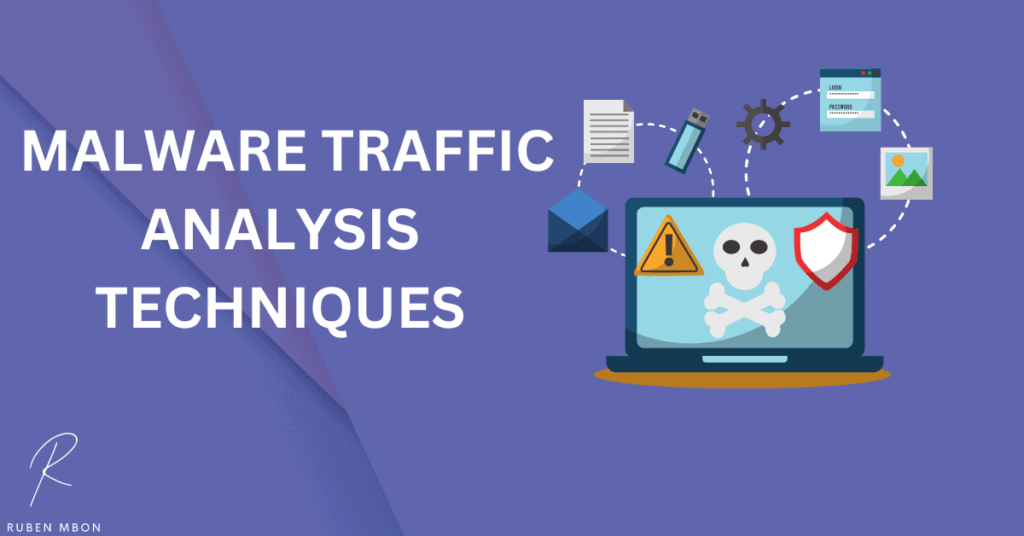
Several techniques can be used for malware traffic analysis. These can be broadly categorized into network-level analysis and host-level analysis.
Network-Level Analysis
The network-level analysis involves analyzing traffic at the network level rather than on individual hosts. This can be done using tools such as network sniffers, which capture and analyze packets as they pass through a network.
Other tools that can be used for network-level analysis include firewalls, intrusion detection, and prevention systems, and log analysis tools.
Host-Level Analysis

The host-level analysis involves analyzing the behavior of malware on an individual host. This can be done using tools such as antivirus software, which can detect and remove malware from a host, and sandboxing tools, which can analyze the behavior of malware in a controlled environment.
Other tools that can be used for host-level analysis include system monitoring tools, which can track the actions of malware on a host, and memory forensics tools, which can analyze the contents of a host’s memory to identify malware.
Tools for Malware Traffic Analysis
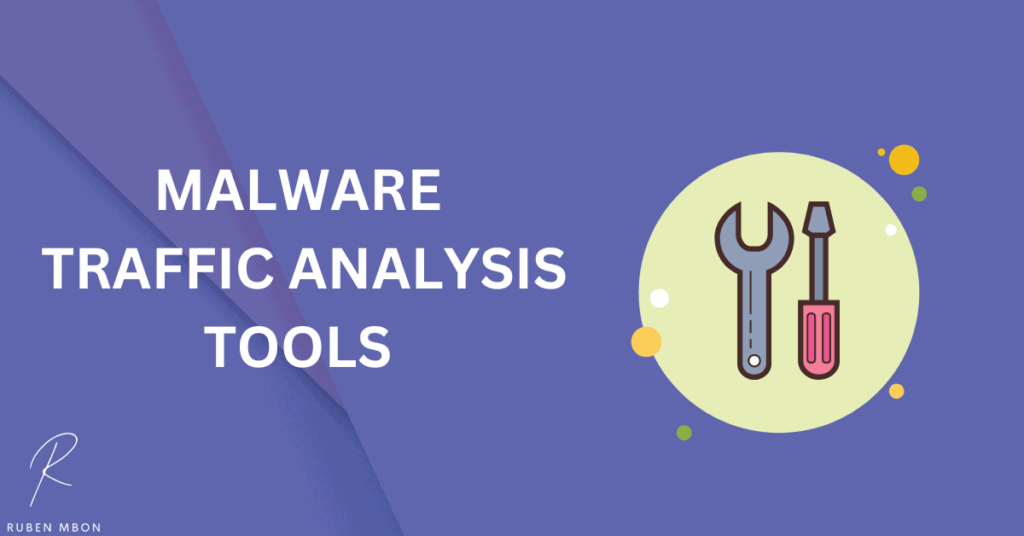
Network Sniffers: Network sniffers are tools that capture and analyze packets as they pass through a network. Network sniffers can be used for various purposes, including troubleshooting network issues, monitoring network activity, and identifying malicious activity.
Firewalls: A firewall is a network security system that monitors and controls the incoming and outgoing network traffic based on predetermined security rules. Firewalls can block or allow traffic based on various criteria, such as the source and destination of the traffic, the ports being used, and the type of traffic. Firewalls can be an essential tool for investigating malware traffic.
Intrusion Detection and Prevention Systems: Intrusion detection and prevention systems (IDPS) are tools that monitor network traffic for signs of malicious activity. IDPS can be configured to detect a wide range of threats, including viruses, worms, and other types of malware. When an IDPS detects a threat, it can take various actions, such as blocking the traffic, alerting an administrator, or taking other remediation steps.
Log Analysis Tools: Log analysis tools analyze log files generated by network devices and other systems. Log files can contain valuable information about the activity on a network, including information about malware infections and other types of malicious activity. Log analysis tools can help analysts identify unusual activity and understand the behavior of malware.
Antivirus Software: Antivirus software is designed to detect and remove malware from a host. Antivirus software works by scanning files and detecting patterns that are characteristic of malware. When antivirus software detects a malware infection, it can take various actions, such as quarantining, deleting, or alerting an administrator.
Sandboxing Tools: Sandboxing tools allow analysts to run a malware sample in a simulated environment and observe its behavior. Sandboxing tools can be used to safely execute a malware sample and identify its capabilities and behavior without risking the compromise of a live system.
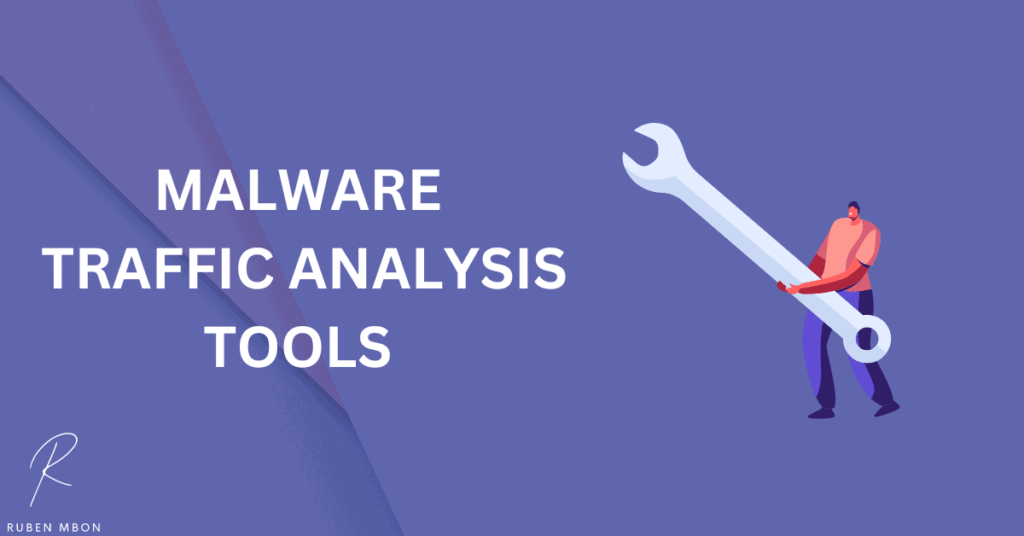
System Monitoring Tools: System monitoring tools track what malware does on a host. System monitoring tools can provide valuable information about the behavior of malware, including what files it modifies, what processes it creates, and what network traffic it generates. This information can help you understand how the malware works and how to remove it from your system.
Memory Forensics Tools: Memory forensics tools help find out if there is malware on a computer. They do this by looking at what is in the computer’s memory. This can be especially useful for finding malware that traditional antivirus software does not detect. This is because malware might not be saved on the computer but still running in the memory.
Disassemblers: Disassemblers are tools that convert the code of a malware sample into a more human-readable form. Disassemblers can be used to examine the code of a malware sample and understand its intended purpose and behavior.
Debuggers: Debuggers are tools that allow an analyst to step through the code of a malware sample and observe its behavior in real-time. Debuggers can be used to understand how a malware sample works and what actions it performs.
String Extractors: String extractors are tools that can identify text strings within a malware sample. String extractors can help identify the intended purpose of a malware sample and any domains or IP addresses it may communicate with.
Malware Repositories: Malware repositories are collections of malware samples that can be used for analysis and research. Malware repositories can be an essential resource for malware traffic analysis, as they can provide access to a wide range of malware samples for analysis.
Additional Malware Traffic Analysis Techniques

Reverse Engineering: Reverse engineering is the process of figuring out how a software system or component works and what it does. This can be done by taking it apart and looking at it closely. Reverse engineering can be helpful for traffic analysis of malware, as it can provide information about what it can do and how it behaves.
Traffic Normalization: Standardizing network traffic data through traffic normalization makes detecting any outliers or erratic activity indicative of malware much easier. In this way, analyzing malicious behavior is made simpler and more efficient.
Traffic Aggregation: Traffic aggregation combines multiple sources of network traffic data to facilitate analysis. Traffic aggregation can be useful for malware traffic analysis, as it can provide a broader view of network activity and help identify patterns and trends that may indicate the presence of malware.
Traffic Correlation: Traffic correlation is finding relationships between different sources of network traffic data. This can help identify connections between traffic sources and understand malware’s behavior. Traffic correlation can also help identify the spread of malware and understand how it is propagating through a network.
Threat Modeling: Threat modeling is a way to figure out which threats could hurt an organization’s systems and networks. It can help analysts learn about the type of threats most likely to impact and how to stop them.
Challenges in Malware Traffic Analysis
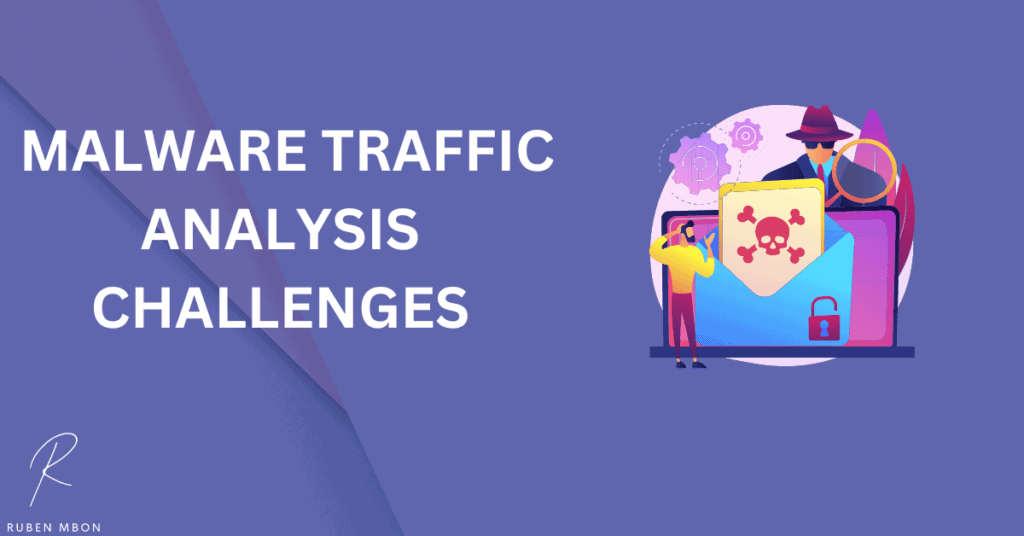
Several challenges can arise when conducting malware traffic analysis. These can include:
Limited Data
One of the biggest challenges in malware traffic analysis is that there is not a lot of data to work with. Malware is often designed to avoid being caught and to take up as little space as possible, which makes it challenging to collect enough information for analysis. Additionally, network devices may not capture all traffic, and logs may not contain enough detail to allow for accurate analysis.
Evolving Threats
Malware is always evolving, making it challenging to stay informed of the most recent threats and comprehend their behavior. Keeping up with the latest security threats, including malware, can be daunting.
False Positives
False positives can be irritating and time-consuming for analysts when responding to malware incidents, especially when a tool or technique mistakenly identifies something as malicious that is harmless. This could lead to unnecessary waste of resources if the false positive isn’t quickly identified and taken care of.
Best Practices for Malware Traffic Analysis
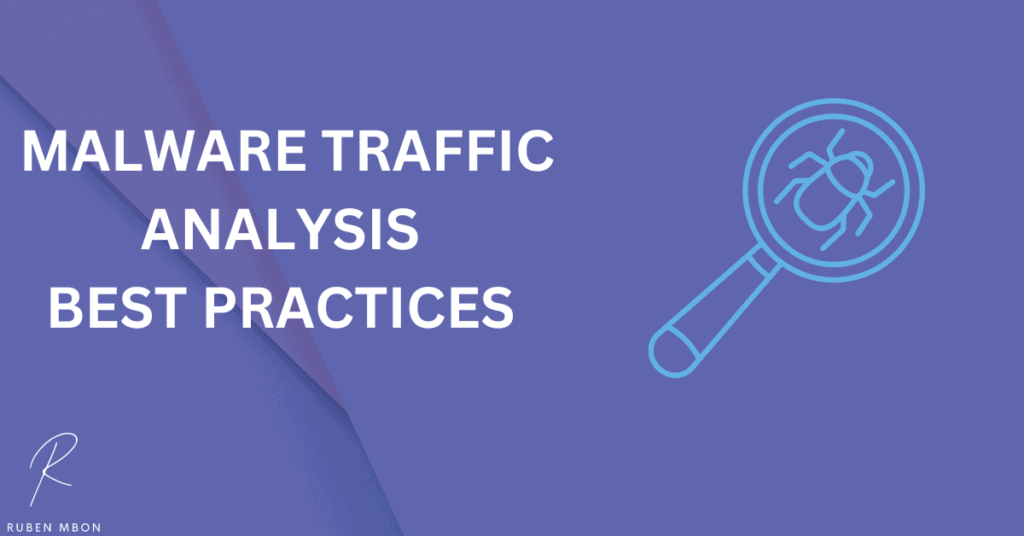
Several best practices can help make malware traffic analysis more effective and efficient. These include:
Stay Up to Date
To provide the highest level of protection against malware, analysts must stay abreast with current threats and their underlying tactics. This knowledge is essential in helping them quickly identify and analyze new malicious attacks.
Use Multiple Tools and Techniques
Multiple tools and techniques can be leveraged to detect and understand malicious software. Not only do these assist in accurately recognizing malware, but they also provide complementary information that reduces the chance of generating false positives.
Validate Results
To ensure that malware traffic analysis results are reliable and accurate, it is essential to validate them. To do this effectively, multiple tools and methods should be utilized for verification and seeking other analysts’ insight.
Document Findings
It is essential to record the outcomes of malware traffic analysis with accuracy and clarity so that all readers can comprehend it and serve as a reference for future analyses.
Common Malware Types
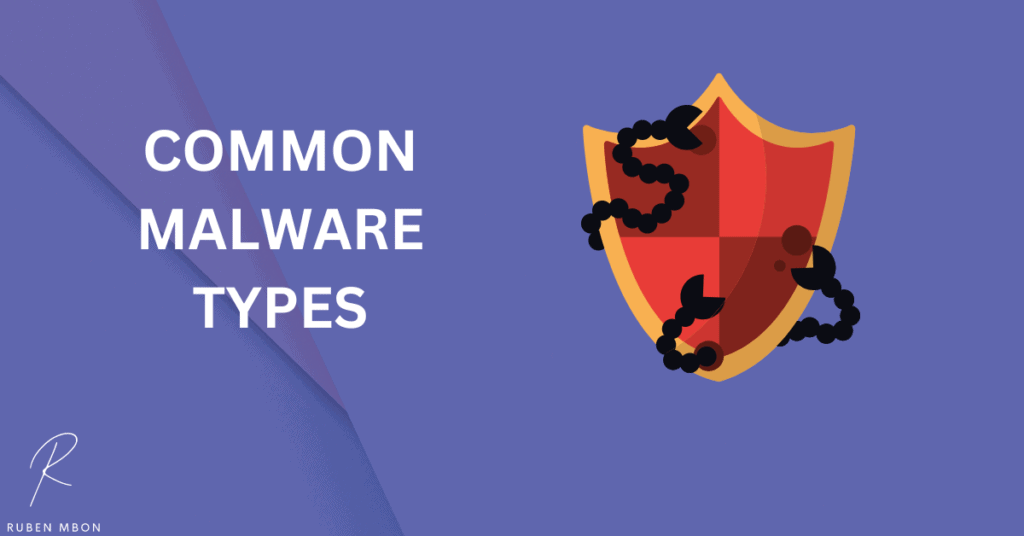
There are many different types of malware, each with its characteristics and capabilities. Some common types of malware include:
Virus: malware designed to replicate itself and spread from one host to another. Viruses can be transmitted in various ways, including through email attachments, removable media, and web downloads.
Trojan: a type of malware disguised as a legitimate program. Trojans are often used to gain unauthorized access to a system or to steal sensitive information.
Worm: malicious software designed to replicate itself and spread from one host to another without user interaction. Worms can spread rapidly and can be challenging to contain.
Ransomware: malware that encrypts a victim’s files and demands a ransom from the victim to restore access. Ransomware can be particularly damaging, resulting in losing essential data.
Adware: Adware is malware that displays unwanted advertisements on a victim’s computer. Adware can be frustrating for users and pose a security risk, as it may redirect users to malicious websites or install other types of malware.
Conclusion
Malware traffic analysis uncovers and understands malicious network activities. It requires thoroughly examining network packets, log files, and malware on hosts.
Malware traffic analysis can support organizations in detecting and responding to threats. Many tools and techniques help with this task.
Limited data, evolving threats, and false positives can make malware traffic analysis seem daunting. Using best practices can make the process more efficient.






